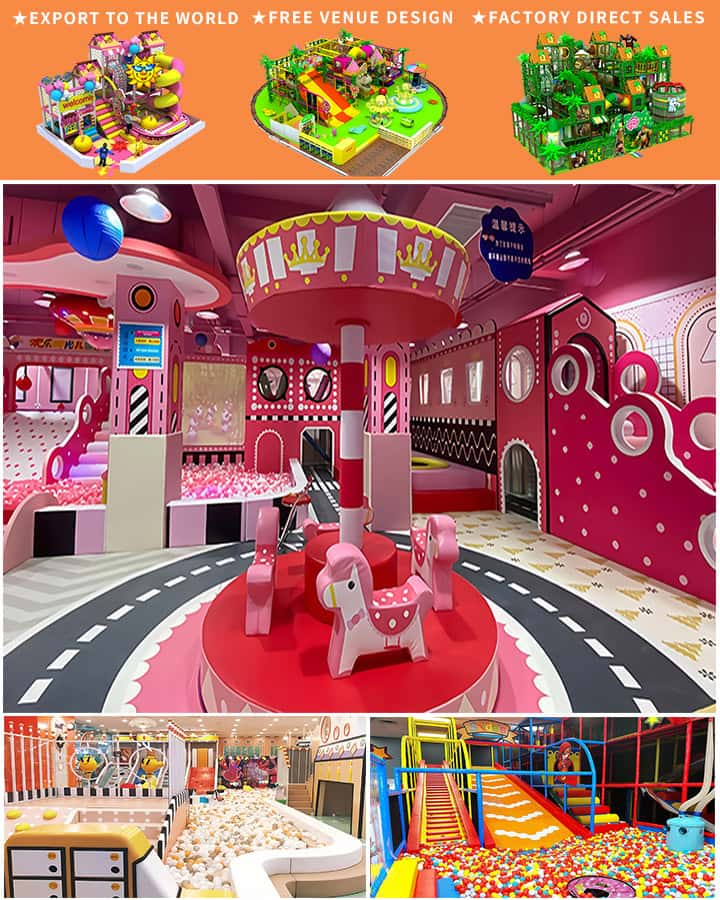When it comes to creating a fun and safe environment for children, outdoor playground equipment is an essential consideration. Whether you’re designing a backyard play area or planning a public park, choosing the right equipment can make a significant difference in promoting physical activity, social interaction, and overall well-being among kids. Here’s a comprehensive guide to help you make informed decisions about outdoor playground equipment.
Types of Outdoor Playground Equipment
Swings: A classic choice that promotes coordination and motor skills. Swings like the traditional belt swings, bucket swings, and baby swings cater to different age groups and abilities.
Slides: These come in various shapes and sizes, from simple straight slides to spiraling tube slides. They provide endless enjoyment and help with balance and spatial awareness.
Climbing Structures: Climbing walls, monkey bars, and rope ladders enhance strength, agility, and problem-solving skills. They also encourage children to challenge themselves physically.
Seesaws and Teeter-Totters: Great for developing social skills as kids take turns and learn about balance and cooperation.
Playhouses and Forts: These imaginative structures stimulate creativity and role-playing. They are perfect for fostering cognitive development through storytelling and pretend play.

Mechanical Ride-on Toys: Items like spring rockers, carousel seats, and gliders provide gentle movement experiences, ideal for younger children or those who prefer less intense activities.
Interactive Play Equipment: Features such as musical instruments, sensory panels, and water play areas engage multiple senses, making playtime educational and exciting.
Considerations When Selecting Playground Equipment
Age Appropriateness: Ensure the equipment is suitable for the intended age group. Some items have specific age recommendations to ensure safety and developmental appropriateness.
Safety Standards: Choose equipment that complies with local safety standards such as ASTM (American Society for Testing and Materials) or EN (European Norms). Look for smooth edges, sturdy construction, and proper surfacing materials like rubber mats or wood fiber mulch.
Durability: Opt for high-quality, weather-resistant materials to withstand various environmental conditions. Metal, treated wood, and heavy-duty plastics are commonly used for durability.
Accessibility: Include equipment that accommodates children with different abilities. Wheelchair-accessible swings and transfer stations ensure inclusive play.
Maintenance Requirements: Regular upkeep is essential for longevity and safety. Check if the equipment requires frequent inspections, lubrication, or cleaning.
Benefits of Outdoor Playground Equipment
Physical Health: Encourages regular exercise, improving cardiovascular health, muscle tone, and flexibility.
Social Skills: Fosters cooperation, sharing, and communication as children interact during play.
Emotional Well-Being: Offers a creative outlet for stress relief and emotional expression.
Cognitive Development: Stimulates learning through exploration, problem-solving, and imaginative play.
Conclusion
Investing in quality outdoor playground equipment is crucial for creating a vibrant and enriching play environment for children. By considering factors like type, safety, and developmental benefits, you can select equipment that not only entertains but also supports healthy growth and learning. So, whether you’re setting up a small backyard play area or a large community space, thoughtful selection ensures a delightful experience for kids of all ages.




